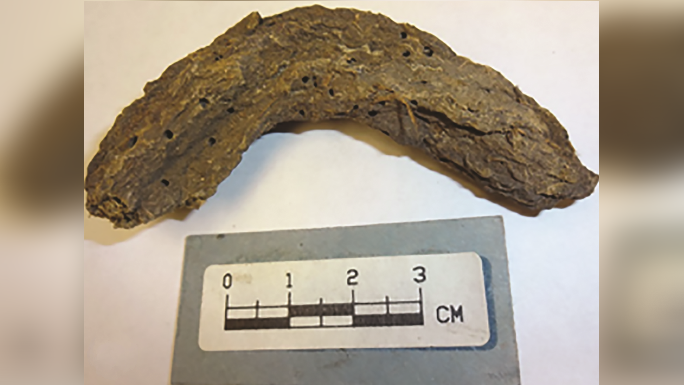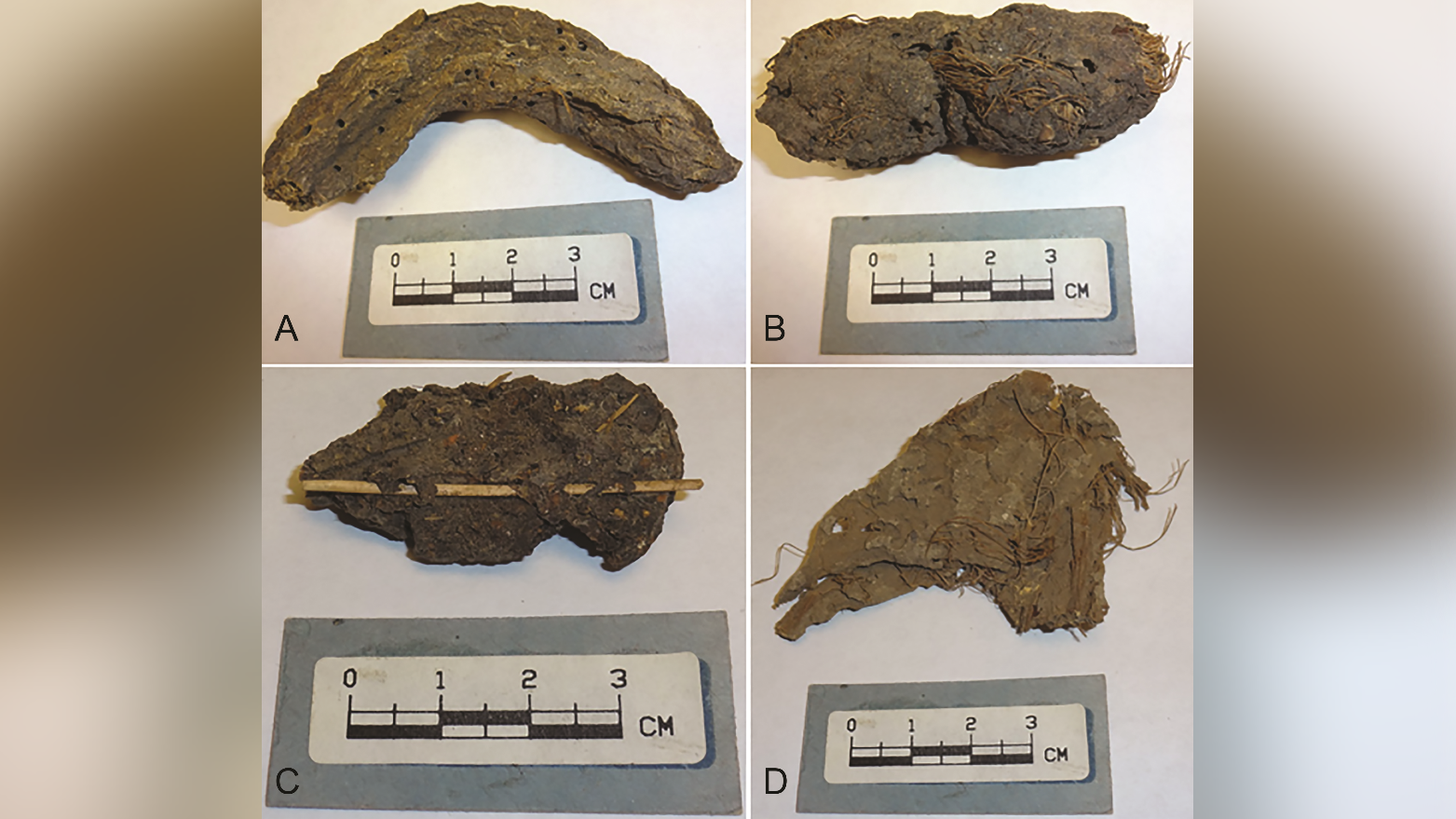1,300-year-old poop reveals pathogens plagued prehistoric people in Mexico's 'Cave of the Dead Children'
Scientists studied ancient poop and found loads of intestinal diseases.

Scientists analyzing 1,300-year-old human feces from the Cave of the Dead Children in Mexico have discovered that people often dealt with nasty intestinal infections more than a millennium ago.
"Working with these ancient samples was like opening a biological time capsule, with each one revealing insight into human health and daily life," study lead author Drew Capone, an assistant professor of environmental health at Indiana University, said in a statement.
Capone and colleagues used molecular analysis techniques to study 10 ancient desiccated feces samples — also called paleofeces — found in a cave in Mexico's Rio Zape Valley just north of the city of Durango in northwestern Mexico, that dated from A.D. 725 to 920. The researchers published their findings Wednesday (Oct. 22) in the journal PLOS One.
In the late 1950s, archaeologists excavated the Cave of the Dead Children and recovered human and non-human paleofeces, plant remains and animal and human bones from a large trash heap. The cave was used by people from the prehistoric Loma San Gabriel culture, who practiced small-scale agriculture, produced unique ceramics, lived in small villages and occasionally practiced child sacrifice. Archaeologists named the cave after the skeletons of children found there.
Previous studies of paleofeces from the cave revealed the presence of hookworm, whipworm and pinworm eggs, suggesting the people who deposited their feces in the cave were infected by a variety of parasites.
In the new study, the scientists used cutting-edge molecular techniques to detect additional microbes in paleofeces from 10 "distinct defecation events" with the aim of expanding their understanding of the burden of disease among the Loma people. "There is a lot of potential in the application of modern molecular methods to inform studies of the past," study co-author Joe Brown, a professor of environmental sciences at the University of North Carolina at Chapel Hill, said in the statement.

The researchers extracted DNA from the 10 paleofeces samples and then used polymerase chain reaction (PCR) to amplify the DNA of the microbes in the feces. Every sample had at least one pathogen or gut microbe in it, and the two most common were the intestinal parasite Blastocystis, which can cause gastrointestinal issues, and multiple strains of the bacterium E. coli, which were found in 70% of the samples. Also identified were pinworms as well as Shigella and Giardia, which cause intestinal illnesses.
Get the world’s most fascinating discoveries delivered straight to your inbox.
The high number of microbes discovered in the paleofeces "suggests poor sanitation among the Loma San Gabriel culture from 600-800 CE resulted in exposures to fecal wastes in the environment," the researchers wrote in the study. People likely ingested the microbes via feces-contaminated drinking water, soil or food, the team added.
While these pathogen-associated genes persisted in the paleofeces for up to 1,300 years, there may have been even more pathogens in the samples that have since decayed and are no longer detectable, the researchers noted in the study.
Still, the new analysis revealed the DNA of pathogens that were not previously found in paleofeces, including Blastocystis and Shigella.
"The application of these methods to other ancient samples offers the potential to expand our understanding of how ancient peoples lived and the pathogens that may have impacted their health," the researchers wrote.

Kristina Killgrove is a staff writer at Live Science with a focus on archaeology and paleoanthropology news. Her articles have also appeared in venues such as Forbes, Smithsonian, and Mental Floss. Kristina holds a Ph.D. in biological anthropology and an M.A. in classical archaeology from the University of North Carolina, as well as a B.A. in Latin from the University of Virginia, and she was formerly a university professor and researcher. She has received awards from the Society for American Archaeology and the American Anthropological Association for her science writing.
You must confirm your public display name before commenting
Please logout and then login again, you will then be prompted to enter your display name.


